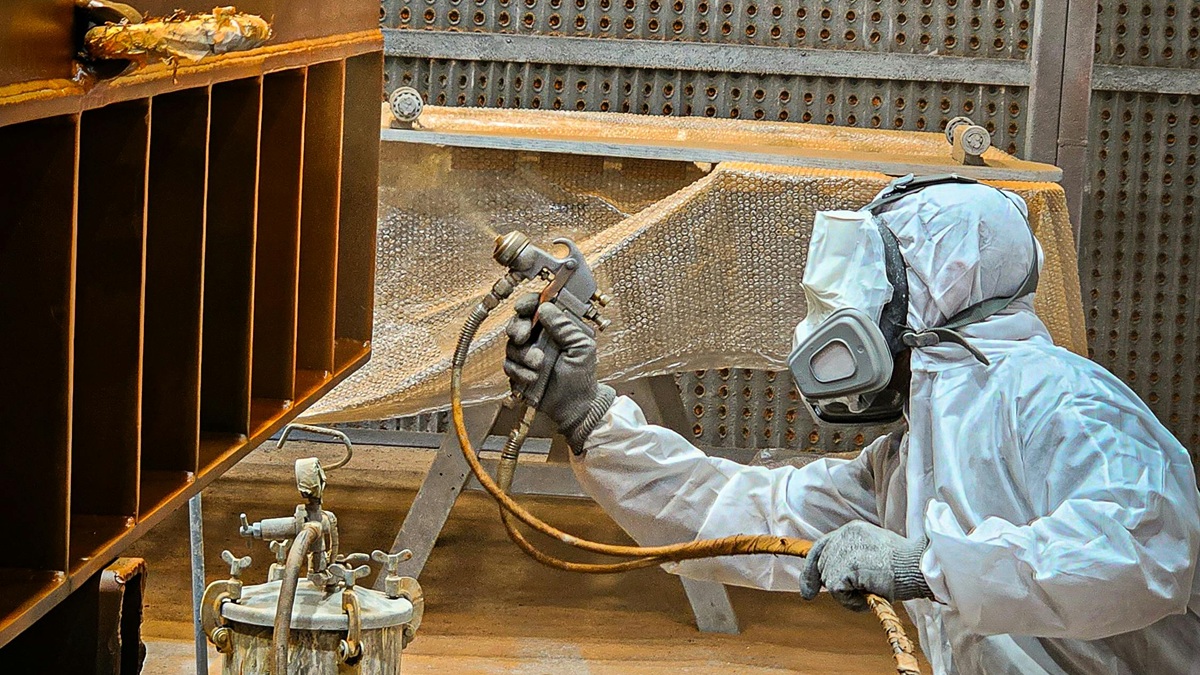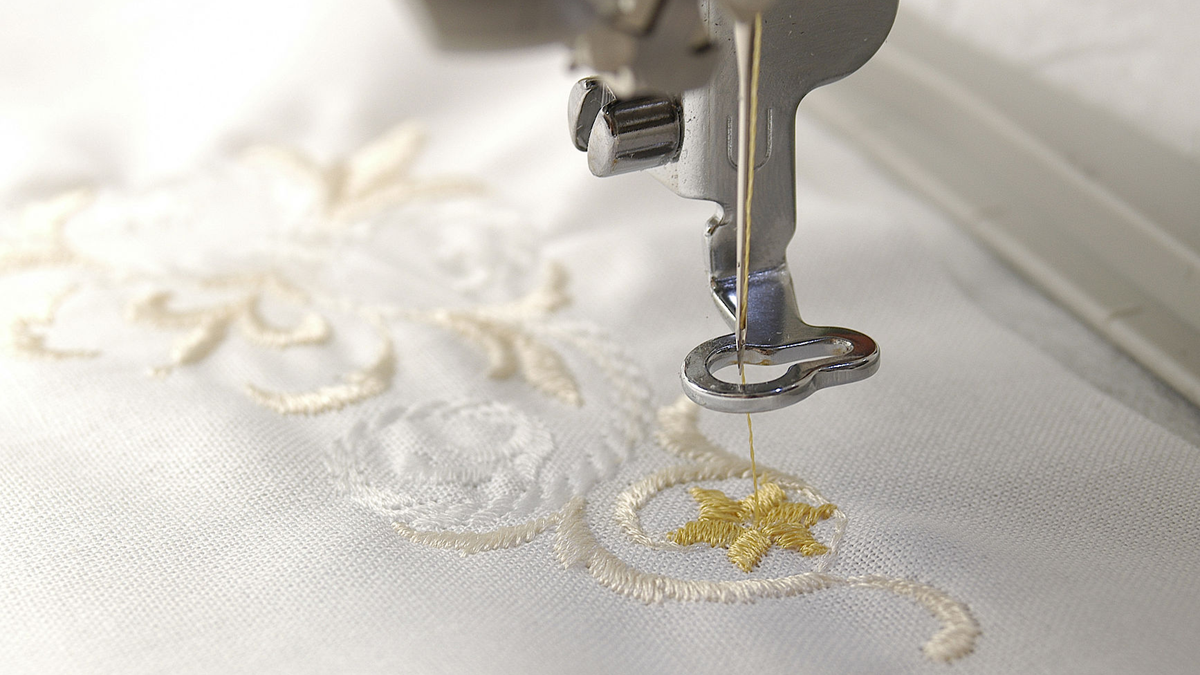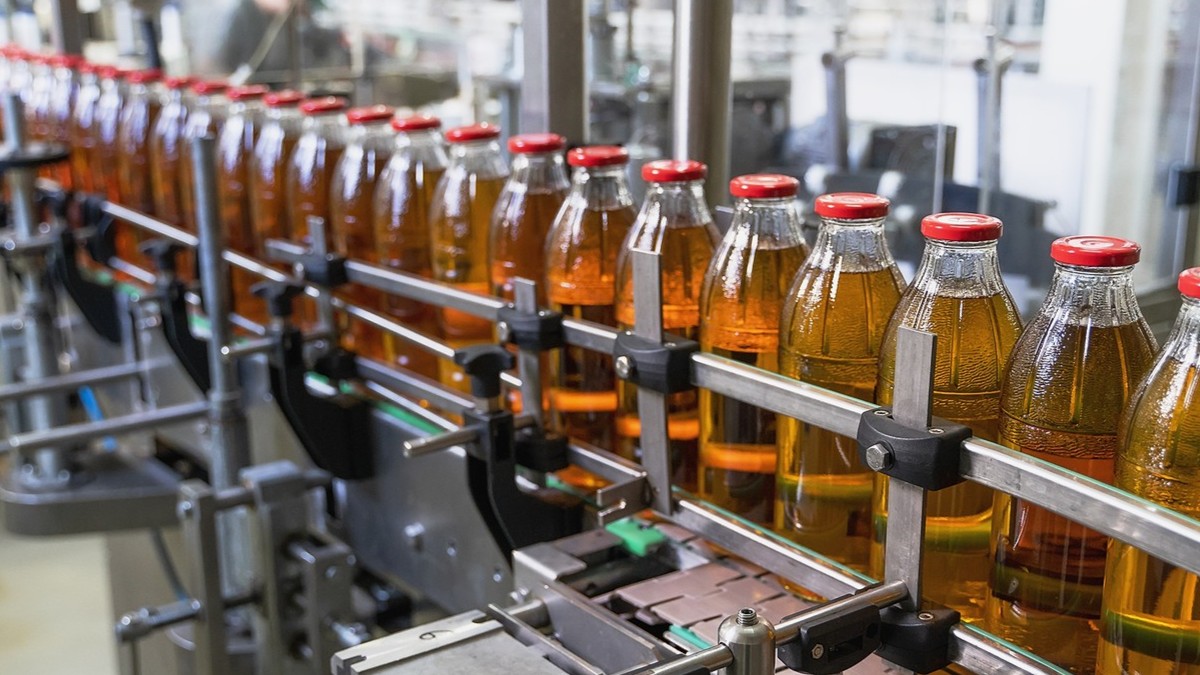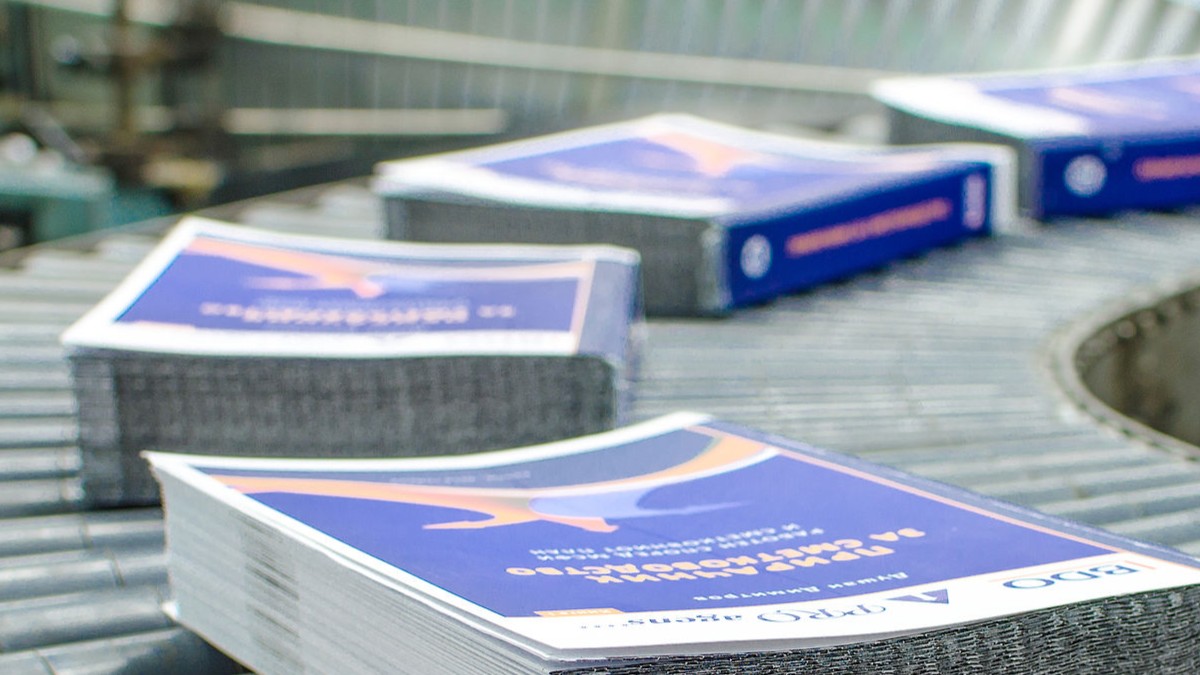Explore Opportunities in the Maternal and Child Market
Global Baby Products Market
It is predicted that the global baby products market will grow at a compound annual growth rate of 5.2%. The baby products market is mainly driven by the incidence of skin diseases and the necessity of nutritious food. The health of babies is driven by high attention. On the other hand, concerns about safety standards and lack of awareness may reduce the growth of the industry. There are also innovative products. Due to the undeveloped penetration of rural areas, the possibility of promoting market growth during the forecast period is high.
Current Status of China's Maternal and Infant Market
With the opening of the two-child policy, China has become the world's second-largest consumer of baby and child products, second only to the United States. Not only is the consumption channel diversified, but the professionalism of related products has also increased year by year, and the Chinese maternal and child market has gradually grown.
With the changing needs of the new generation of parents in China and the growing personalized needs, the baby and child product market has maintained a rapid growth of about 15% in recent years. Coupled with the Chinese government's strong support for the pregnancy, infant, and child industry, it will promote the rapid development of the industry.
Trends in the Mother and Baby Market in Southeast Asia
In the past year, China’s export of maternity products and child products has increased by 23% and is still on the rise. The European and American maternal and child markets have reached hundreds of billions of dollars. With the continuous improvement of people's living standards, the demand for maternity products and infant products in the field of life continues to expand. Among them, Australia, China, India, the United Kingdom, the United States, Malaysia, and other countries have more obvious needs for maternity products and infant products.
Taking ASEAN countries as an example, from 2012 to 2017, the average annual growth rate of retail sales of baby products in Indonesia, Thailand, Malaysia, and other places was as high as 10%. In the future, the market trend of ASEAN maternity products and child products will also show the following characteristics:
- Pay attention to the price and emphasize the quality:
High-income consumers pay more attention to brands, while low-income consumers pay more attention to product prices. Young parents search for offers and product information online, are willing to try new products, and value and buy products with good consumer reviews, while consumers who value quality choose well-known manufacturers and brands and value brand reputation. At present, in the maternity products and child products market, care and sanitary products account for a large proportion. Among them, the sales of skincare, haircare, and sunscreen products are growing steadily and continuously. - Parents pay more attention to health and safety:
The new generation of parents is more inclined to choose baby toiletries with less chemical components, as well as organic fabrics and textiles, especially parents with babies with skin allergies, sensitives, or itching. Therefore, they are willing to spend more money on safe baby feeding supplies, such as feeding bottles, environmentally friendly water bottles, baby spoons, and food containers. - The rise of baby-related technology products:
In major cities in ASEAN, many working parents give their babies to grandparents or babysitters. Therefore, high-tech products such as video monitors equipped with facial recognition tools and artificial intelligence software have also become a trend, such as wearable baby monitors. - Breastfeeding peripheral products have huge potential:
As the concept of breastfeeding is more conducive to the health of children has become increasingly popular, many breastfeeding products have emerged on the market, such as anti-galactorrhea pads, breast milk storage bags, breastfeeding masks, and hiccup cloths, which have huge market potential.
Development of Taiwan's Mother and Baby Market - Consumption Patterns of Infant Products
According to survey statistics, Asian consumers consider quality and safety more important than price when choosing products for their babies. This has led to the growth of high-priced products. Consumer groups have gradually become polarized, forming an M-shaped consumer market. The main reason is that many families now only have one. Or two children, parents are more willing to spend money to buy products that emphasize safety and high quality for their children.
At present, the best-selling products for infants and young children are high-value products such as child safety seats, baby strollers, and comfort food rocking chairs. In addition to paying attention to safety, the quality of baby products is also a future market trend. There will be more and more products emphasizing "safer", "more comfortable" and "more design", and the aesthetic design of the appearance will also be more and more attention.
Online shopping channels in the maternal and infant market have developed rapidly, and the population of online shopping consumers has grown substantially by 84%The public’s uncertainty about public gatherings and the epidemic will also have a huge impact on the maternity products and child product market. Consumers have been affected by the epidemic in the past year. Accelerate the shift from offline to online consumption. The number of purchases of maternity products and infant online shopping channels has increased, and 84% of baby families have purchased maternity products and infant products online in 2020.
In addition to the growth of general e-commerce platforms, many pharmacy channels are also eager to build their official websites, and more and more brands are launching CRM plans to accurately grasp the various stages of pregnant mothers to baby mothers, and promote various knowledge and product information. And a link to the final purchase and repurchase behavior. Manufacturers are trying to link consumers' online and offline behaviors to create an OMO (Online-Merge-Offline) immersive experience for consumers.
Physical access to the maternal and infant market, grasping the advantages of localization and customizationAlthough online shopping channels are approaching the city, physical channels such as traditional pharmacies/baby rooms are still the first choice for many mothers seeking product assistance, and many chain stores continue to expand their market share. Although the overall number of births in Taiwan may reach a new low, brands can still focus on emerging urban areas with high birth rates, actively participate in the demographic dividend of the expansion of chain channels, and establish a solid relationship with consumers through local channels; in addition, baby bathing Related products are also a popular gift-giving category, and one of the ways to strengthen consumer stickiness.
With the decline in the number of births and the disappearance of the demographic dividend in Taiwan’s maternal and child market, manufacturers and channels will face tremendous competitive pressure. In the rapidly evolving online shopping ecosystem, in addition to clearer and unique product positioning, clearer communication, and lower barriers to entry, how to grasp the needs and preferences of maternal and child consumers, and at the same time understand chain and non-chain pharmacies and maternal and child from the channel side store changes and omnichannel competition for online shopping, and understanding the key touchpoints that affect maternal and child consumption decisions, will become extremely important for extremely competitive maternal and child-related industries.




.jpg)









